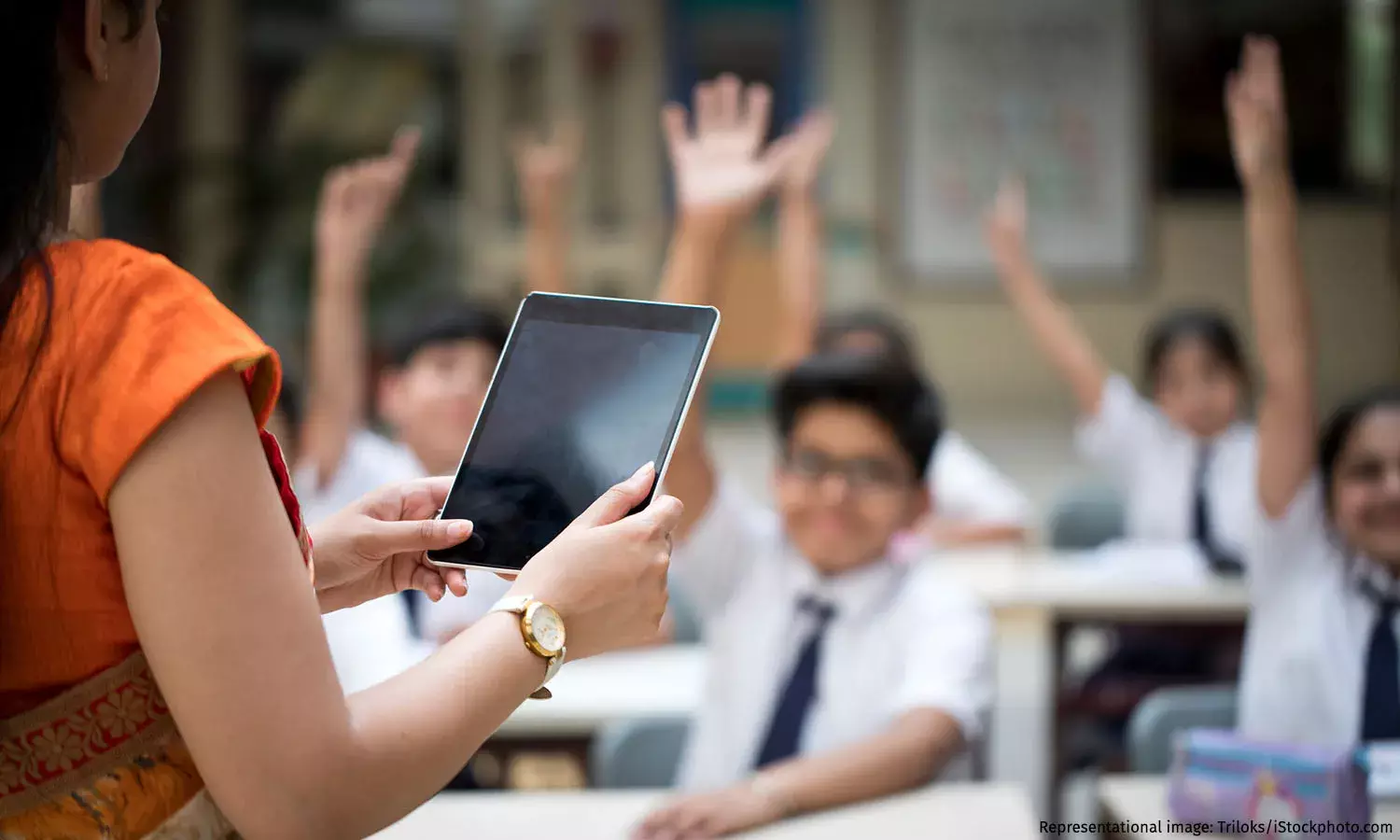#DataViz: Are Indian Schools Ready For The Digital Age?
Without functional computers, smart classrooms, and digital libraries, millions of students miss out on the benefits of digital learning.

Mumbai: Indian schools have wide disparity in access to the internet and smart classrooms, with many lacking even a computer, an IndiaSpend analysis of government data, has found. This is even as funds for smart classrooms remain unspent.
More schools now have internet access, but many still lack the necessary digital tools. Private schools fare better than government schools, and some states have better access and infrastructure.
Without functional computers, smart classrooms, and digital libraries, millions of students miss out on the benefits of digital learning. This gap makes it harder for students to develop digital skills, which are critical for higher education and employment, more so for women, as IndiaSpend reported earlier (see here and here).
In her Union budget speech earlier this month, finance minister Nirmala Sitharaman announced that the BharatNet project will be expanded to provide broadband connectivity to all government secondary schools in India. As of January 2025, about 200,000 of India’s 650,000 villages received broadband access under the programme, with the government missing several deadlines for improving access, IndiaSpend reported last week.
India has over a million government schools and 331,000 private schools catering to its 248 million students, data from the Unified District Information System for Education Plus (UDISE+) for 2023-24 show. Of these, fewer than half the government schools and three in four private schools have access to the internet.
These numbers are similar to the availability of functional computers: 44% government schools and 71% private schools have such computers for pedagogical purposes, UDISE+ data for 2023-24 show. This includes desktops, laptops and tablets.
The lack of access to devices affects pedagogy: The government’s DIKSHA platform, short for ‘Digital Infrastructure for Knowledge Sharing’, currently hosts more than 7,080 digital textbooks, with additional material accessible through QR codes, the government told Rajya Sabha in November 2024. Many states have made textbooks available in their regional languages, and the platform’s e-contents are available in 101 Indian and seven foreign languages.
Smart classrooms use digital boards, smart boards, virtual classrooms, and smart TVs for digital learning. In 2021-22, only 14.4% of government schools had functional smart classrooms, compared to 18.0% of private schools. By 2023-24, these numbers increased to 21.2% and 34.6% respectively.
While smart classrooms are funded through the digital initiatives component under Samagra Shiksha, a centrally sponsored scheme, state governments are free to provide additional funds as per their requirement, the government told Lok Sabha this month. Utilisation of funds, as we said, has been low.
For instance, in 2023-24, the government had allocated Rs 537 crore for smart classrooms under Samagra Shiksha, but at the end of the year, only Rs 369 crore (69%) was spent.
There is wide disparity in availability of smart classrooms across states, data from UDISE+ show.
We welcome feedback. Please write to respond@indiaspend.org. We reserve the right to edit responses for language and grammar.


